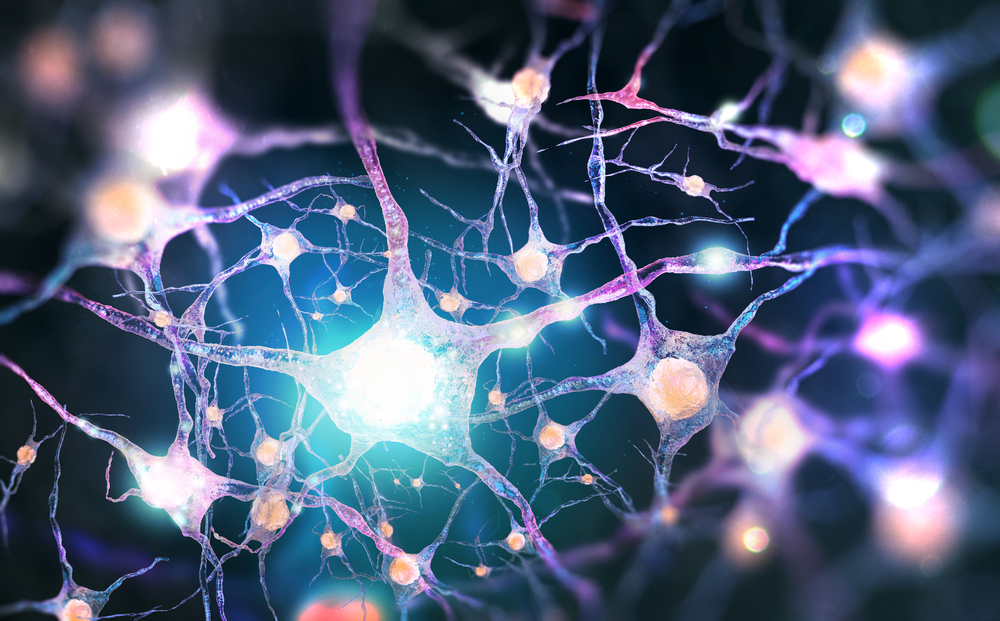Researchers Obtain Further Insight into Protein Whose Mutations Are Linked to ALS

Syracuse University researchers have obtained further insight into the protein UBQLN2, whose mutations have been associated with the development of amyotrophic lateral sclerosis (ALS).
The study, “Ubiquitin Modulates Liquid-Liquid Phase Separation of UBQLN2 via Disruption of Multivalent Interactions,” was published in the journal Molecular Cell.
There are many organelles that reside within a cell, some of which are separated by membranes. Others are membrane-less organelles formed through a process called liquid-liquid phase separation (LLPS). It is carried out by proteins that bind to RNA molecules.
During LLPS, RNA-binding proteins interact through regions called low-complexity domains (LCD). Stress granules (SGs) are one of the many types of membraneless organelles.
“It appears that pathological stress granules — membraneless organelles thought to be formed by liquid-liquid phase separation of RNA-binding proteins — trigger ALS and related disorders, leading to cell death,” Dr. Carlos Castaneda, a Syracuse University professor who was lead author of the study, said in a press release.
SGs form when a cell is under stress. However, the constant presence of SGs or their dysregulation can lead to diseases such as ALS.
Castaneda’s team set out to understand the mechanisms that lead to the nerve cell death in ALS by looking at UBQLN2, an LCD-containing protein. Mutations in UBQLN2 have been found to be associated with ALS.
The results showed that UBQLN2 was recruited to SGs, and was able to form stress-induced membrane-less organelles in cells. “This gives our work potential ALS relevance, since mutations in UBQLN2 might lead to defects in either SG assembly, or SG disassembly, or both,” Castaneda said.
UBQLN2, together with the protein ubiquitin, is part of a quality-control mechanism that cells set in place to maintain proteins at the proper level. An imbalance can be detrimental to the cell, and even lead to impairment in cell development and function.
Researchers also investigated the relationship between ubiquitin and UBQLN2. Ubiquitin regulates many proteins by marking them with a tag. The study showed that when ubiquitin binds to UBQLN2, it eliminates UBQLN2 LLPS, thereby affecting SGs.
“We postulated — and eventually confirmed with microscopy and nuclear magnetic resonance spectroscopy — that ubiquitin disrupts UBQLN2 liquid-liquid phase separation,” Castaneda said. “This was significant because ubiquitin tags many proteins, at one point or another.”
The research offered further insight into the formation of SGs under stress-induced conditions. The team’s future research will focus on how mutations in other regions of UBQLN2 play a role in altering UBQLN2 LLPS.
“The more we understand UBQLN2’s biological functions — specifically, how its mutations lead to ALS — the better able we can develop new therapies,” Castaneda said.






